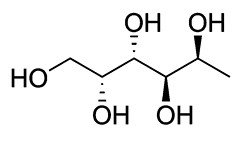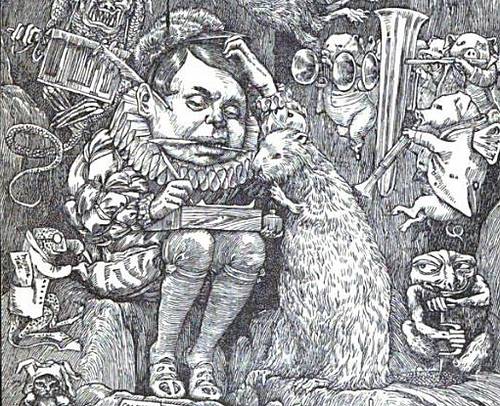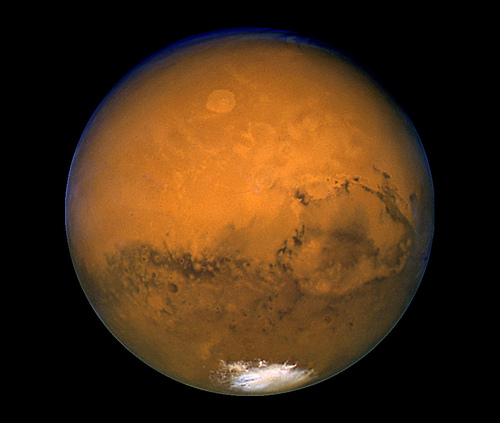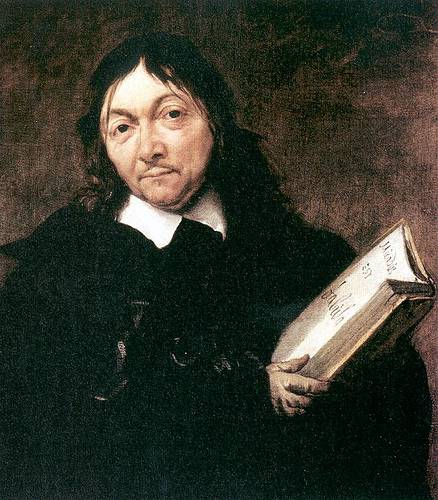
Here’s a sugar alcohol derived from the North Atlantic seaweed Fucus vesiculosus. It’s called fucitol.
And its optical isomers are called D-fuc-ol and L-fuc-ol.
The glycoprotein that vampire bats use to prevent their victims’ blood from clotting is called draculin.
And diethyl azodicarboxylate is explosive, shock-sensitive, carcinogenic, and an eye, skin, and respiratory irritant, which helps to justify its acronym: DEAD.
See Juvenile Chemistry.




